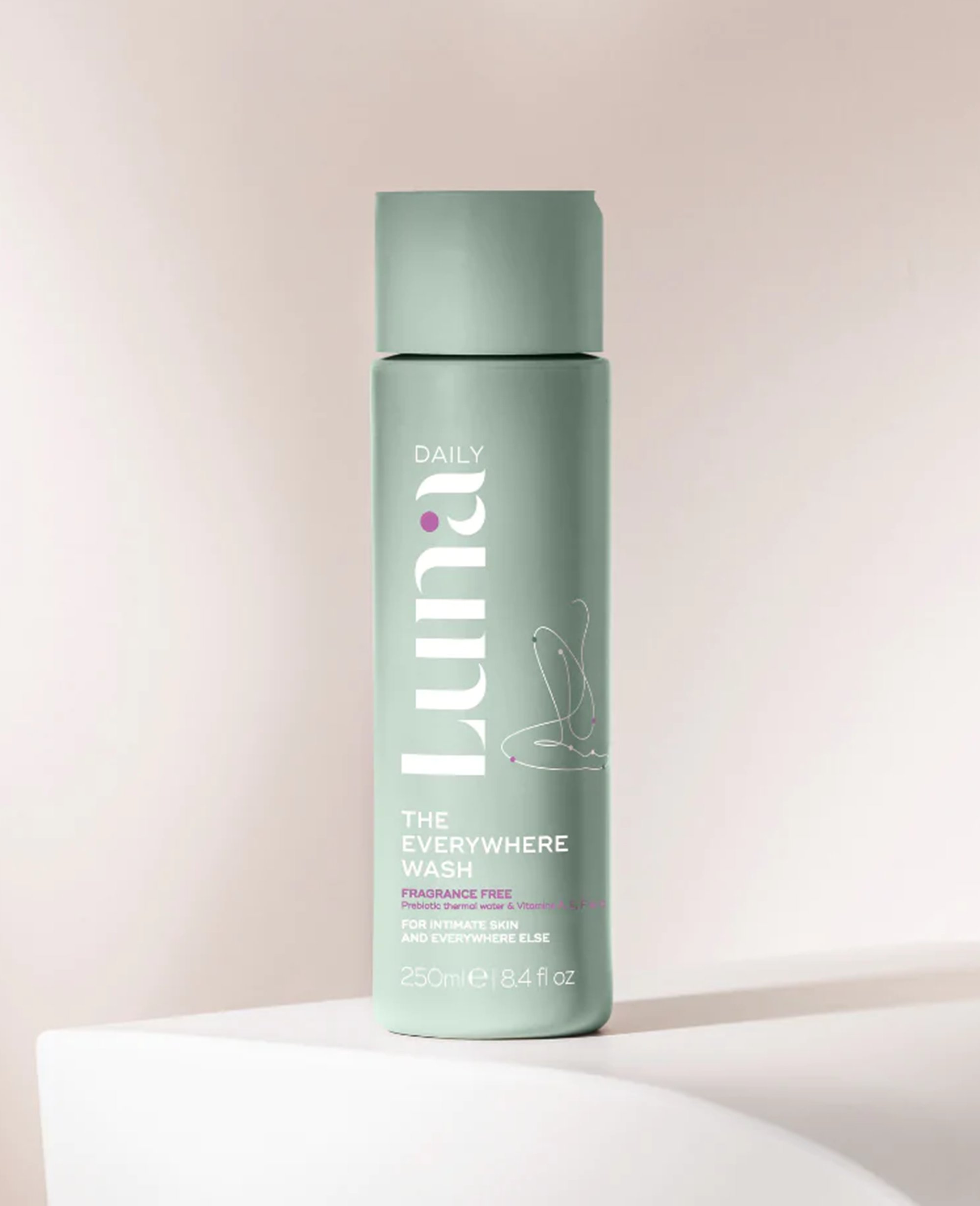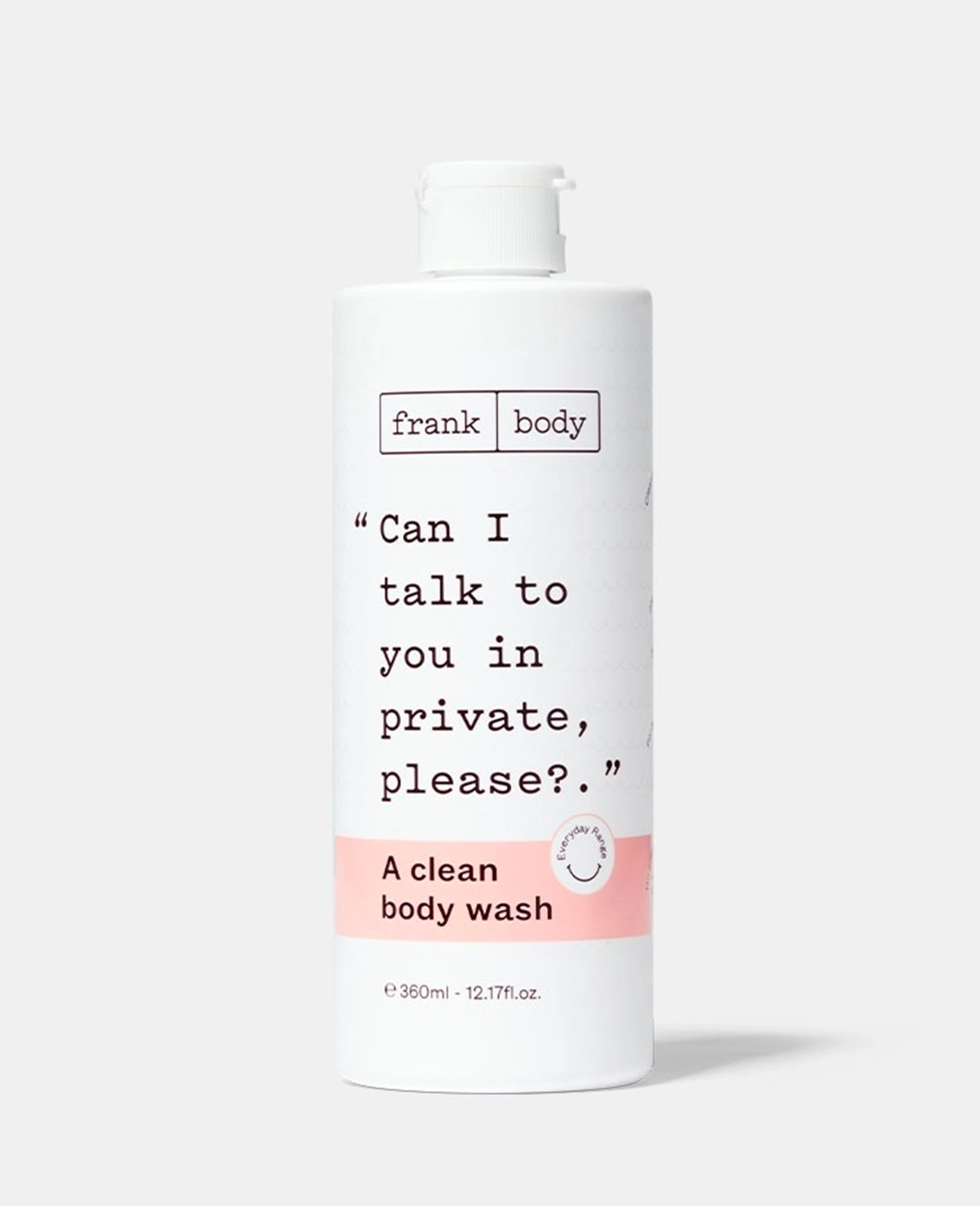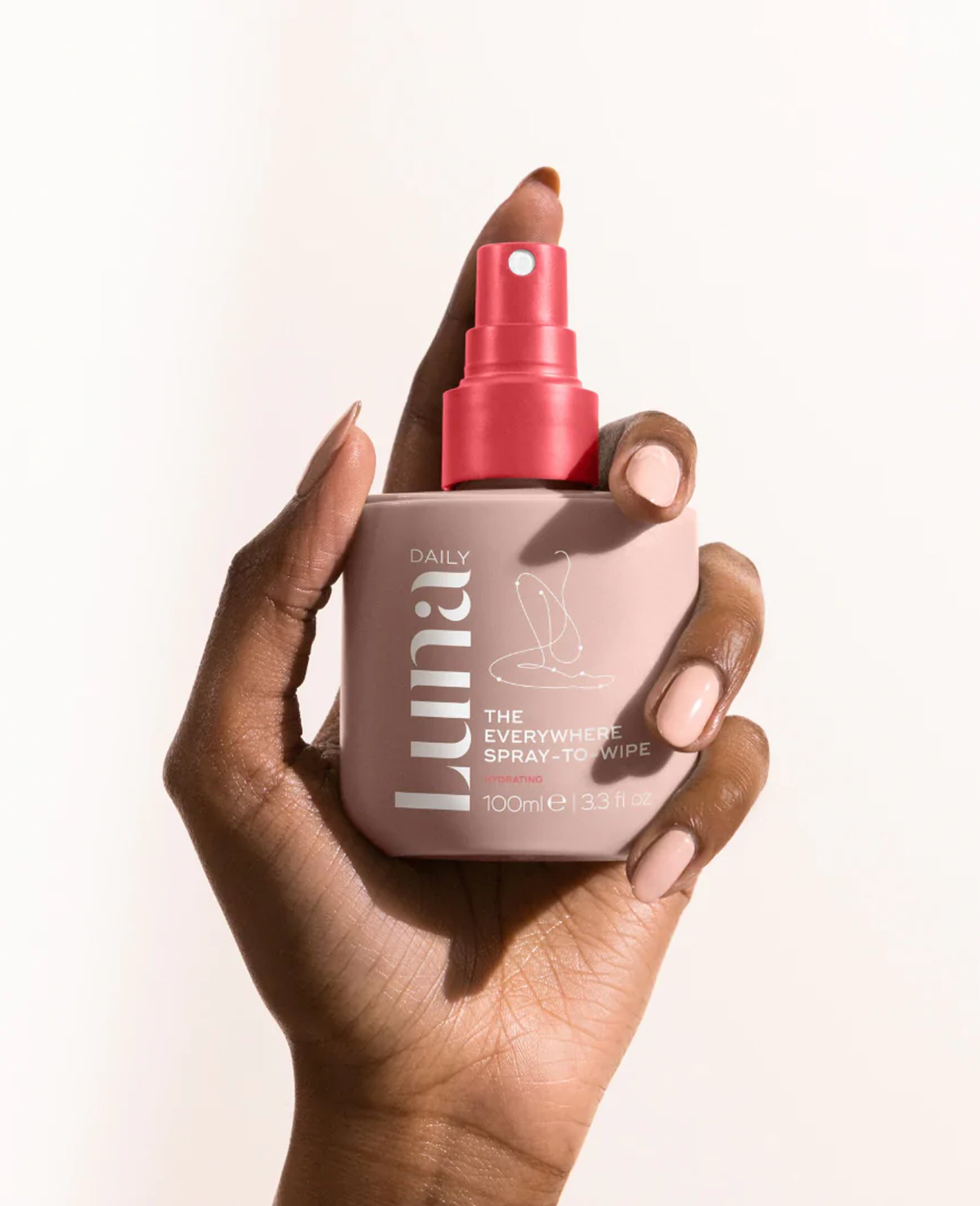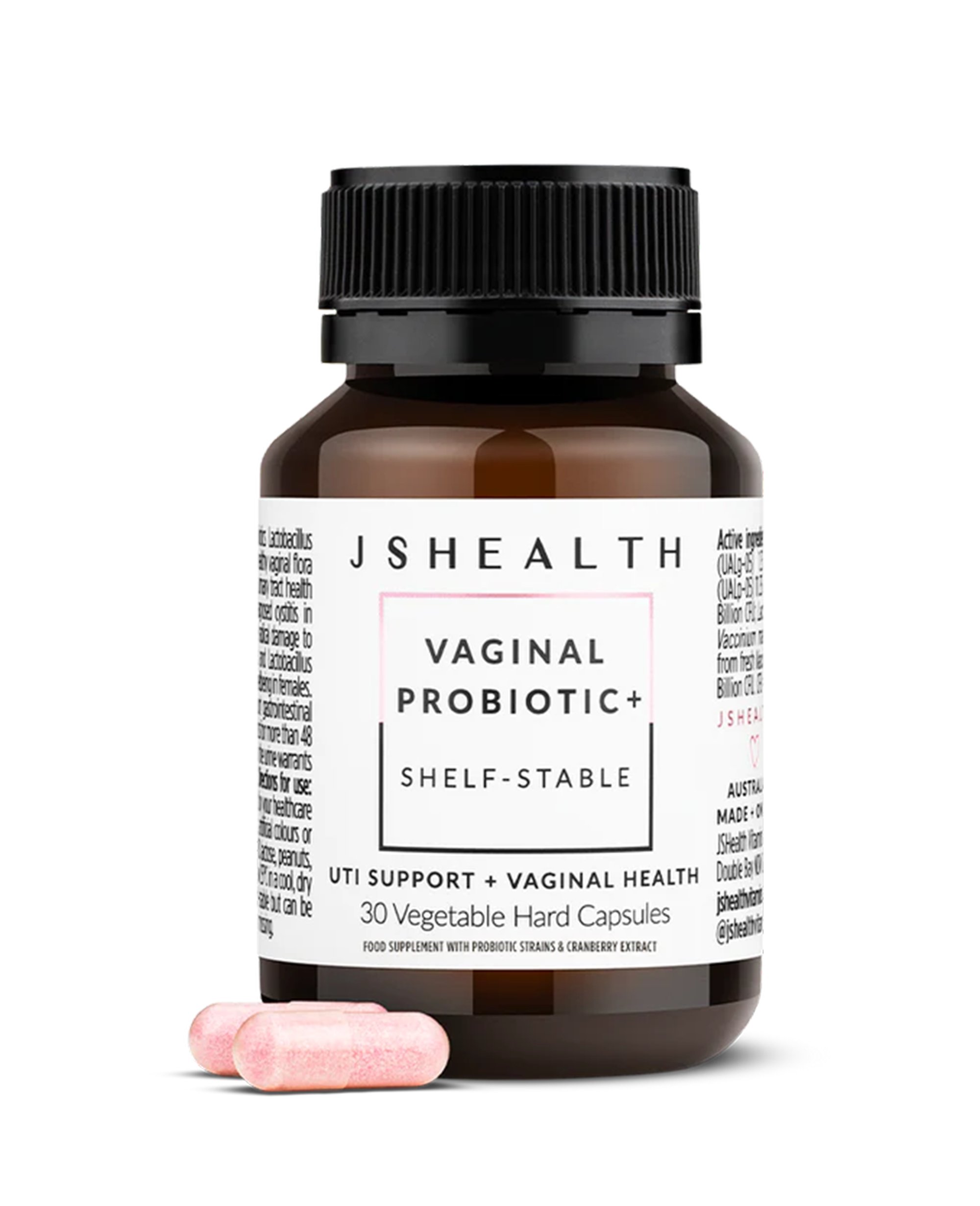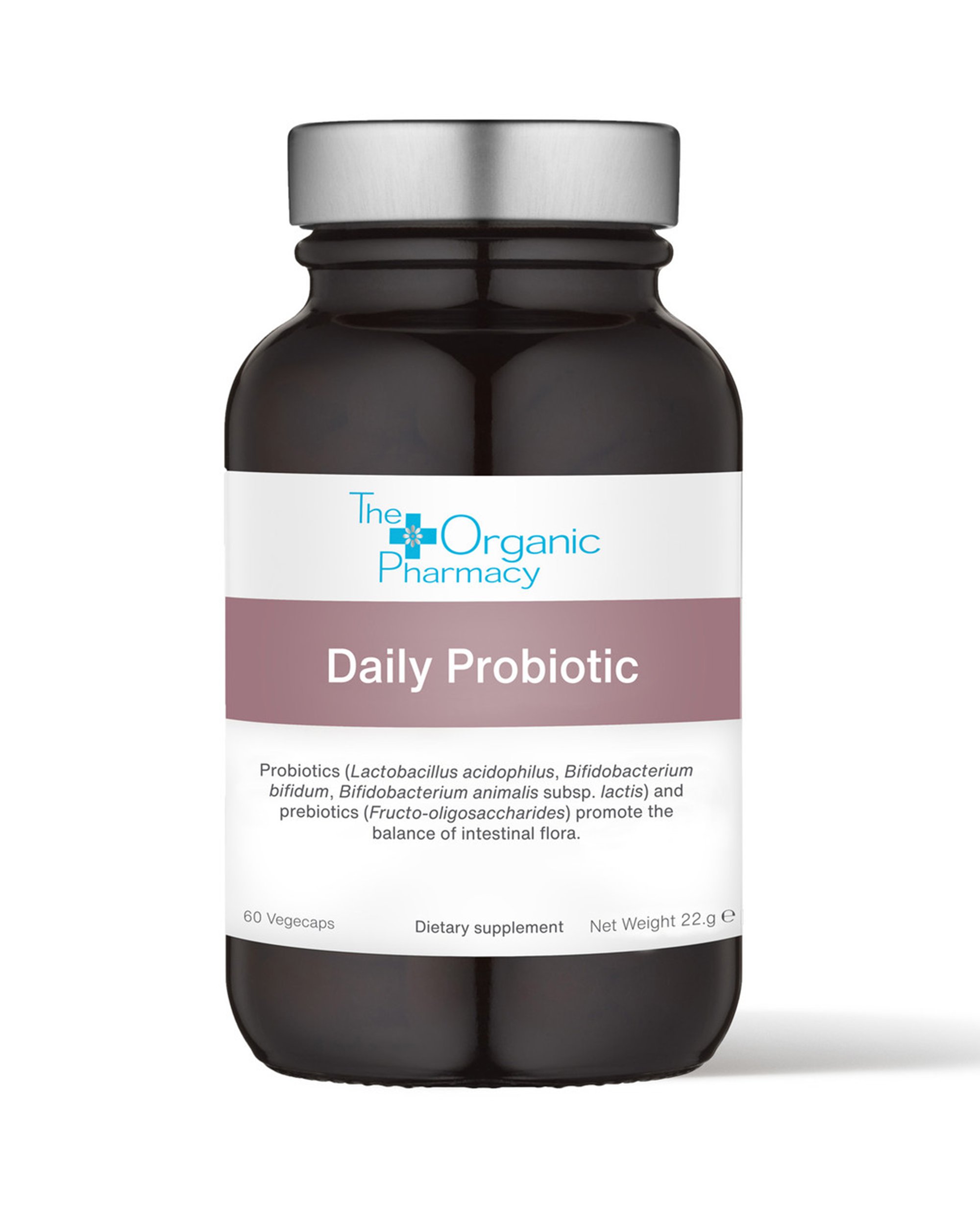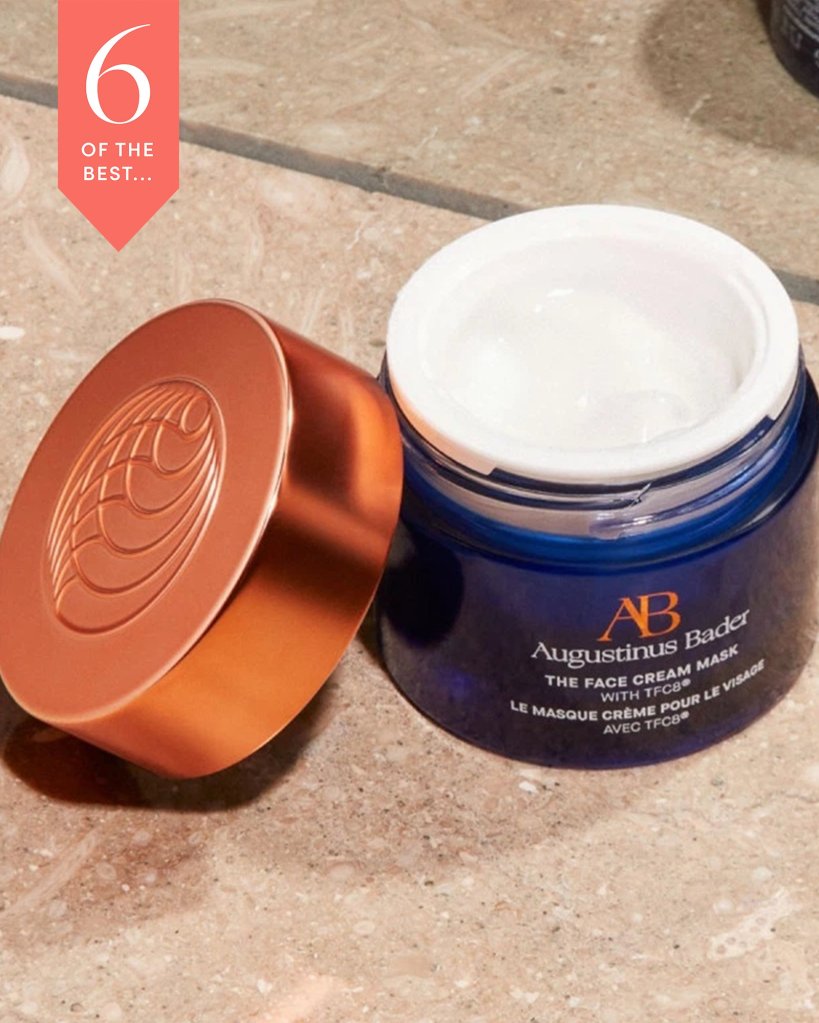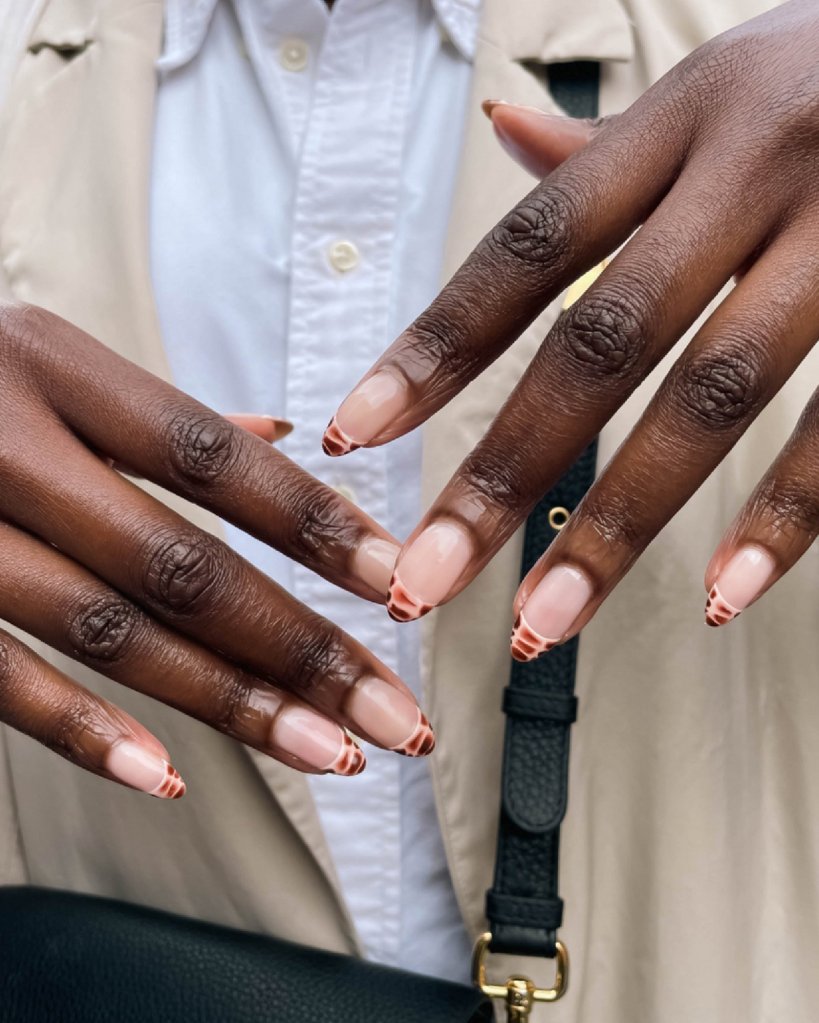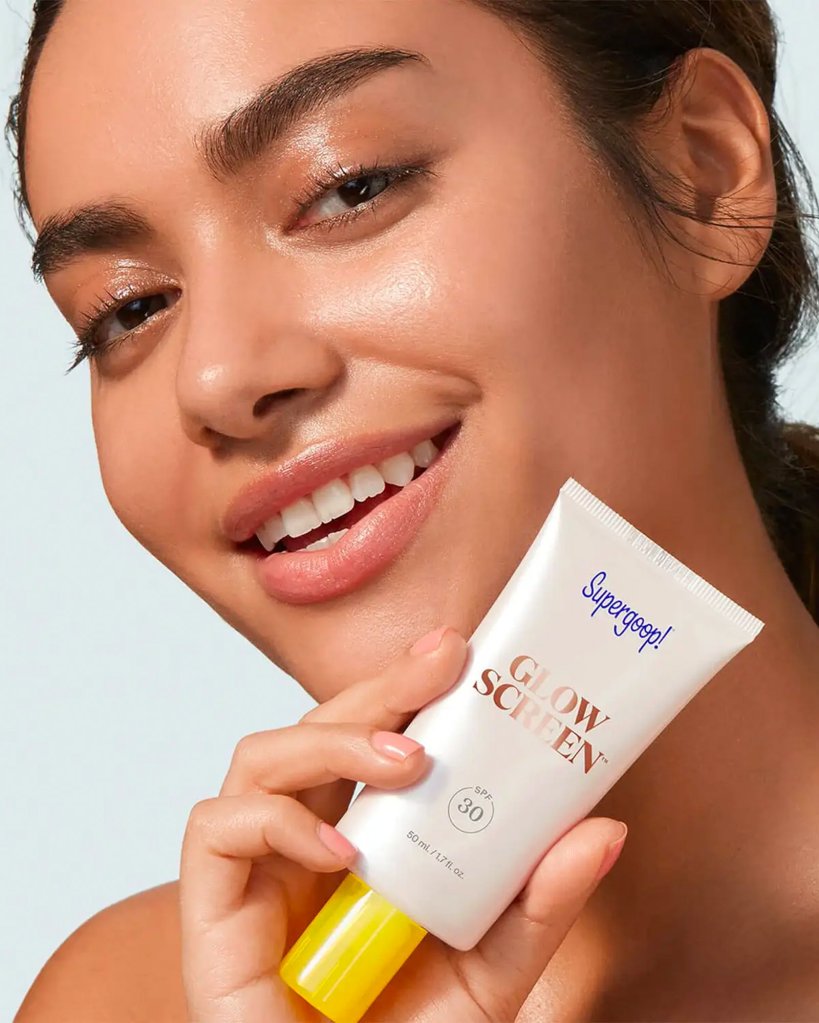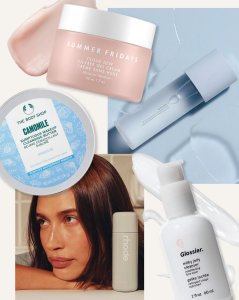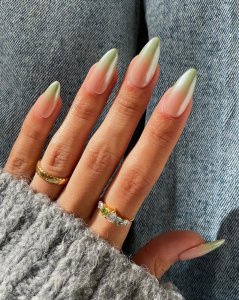Every half a second, someone types into google: ‘how do I wash my vagina’. So, if you’re ever confused about what you need to do down there, don’t worry, you’re not alone.
Firstly, and most importantly, we need to make one key distinction: the vagina is the internal part of the female anatomy, and the vulva is external.
You should never clean internally. The vagina is self-cleaning. While this may sound like magic, it’s not. The vagina is kept clean by millions of ‘good’ bacteria, which take up tonnes of space and prevent bad bacteria from growing and multiplying. These good bacteria thrive in an acidic pH and are kept best in balance when you LEAVE THE VAGINA ALONE.
This means that douching, internal over-the-counter products and using your shower head to spray into the vagina are all actually super counterproductive. These things will alter the delicate environment of the vagina, change the pH and create conditions that favour the growth of bad bacteria. This can lead to unpleasant discharge and an unpleasant smell.
There are lots of things that you can do to maintain a healthy vaginal pH, which we’ll touch on in just a moment. But before that, let’s discuss the part that you can clean: the external vulva.
While some will tell you that water is enough to clean your vulva, most will disagree. After all, the vulva comes into contact with quite a lot (sweat, sebum, urine, semen etc).
How to wash your intimate areas safely
While it is a personal choice, there are many safe things you can do to feel fresher down below other than only using water.
Firstly, you want to use a hypoallergenic, sensitive skin cleanser that is pH-correct to the vulva. These products help to provide a cleaner external environment and look discreet on the shelf too.
This said, what’s the deal with feminine hygiene products anyway? Well, these can range from washes to wipes to sprays. For the most part, these are fine and safe to use as long as they are marketed for ‘external use only’ and are not heavily fragranced.
If you’re looking for an eco-friendlier alternative to a wipe, you can try a spray. This allows you to clean wherever you go, without any waste.
Another thing to avoid for your intimate areas are loofahs. These may be a little harsh for the delicate skin surrounding the vulva and can actually spread bacteria or irritate the skin if used every day. Prolonged irritation can eventually lead to hyperpigmentation and discolouration of the vulva. Your hands are gentle enough to clean the vulva without causing any irritation.
How to keep your vagina healthy
Now we’ve discussed how you can best clean externally, let’s go back to how to maintain a healthy internal environment.
As mentioned earlier, the vagina is maintained at a strict pH. Unfortunately, there are lots of things that can throw your vagina out of that healthy balanced pH, including:
Menstrual blood: period blood is actually at a higher pH than the rest of your vagina. This means that if blood is stagnating in your vagina for long periods of time (for example if you keep your tampons in for too long), the result may be an unpleasant discharge. If you’re experiencing this, you want to change tampons regularly throughout the day or even switch from tampons to pads.
Semen: Unknown to many, semen also can alter the vaginal pH. If you’re noticing that you get regular thrush or bacterial vaginosis following sexual activity, you may want to consider using condoms to help create a barrier. Sex can also introduce lubricants into the vagina and other foreign objects or bacteria that resides on the penis. Using barrier protection can help protect against this.
In order to keep a healthy vaginal pH, consume probiotic drinks and yoghurts to help colonise your body with ‘good bacteria’, wear loose-fitting cotton underwear (save the lace for special occasions), stay hydrated and practice good vulval hygeine.

